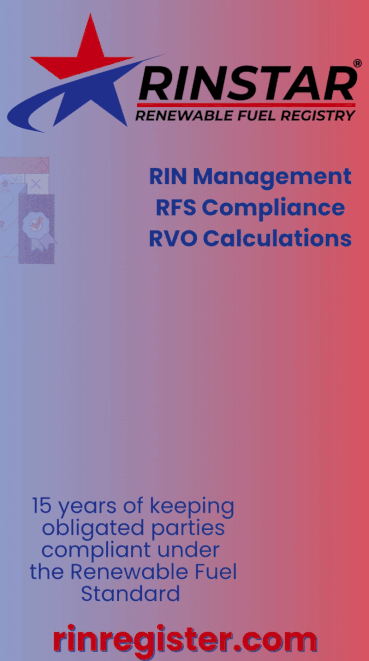Marine biofuel helps Port of London Authority beat carbon-reduction goal
- Port of London Authority
- Mar 6, 2023
- 2 min read

The Port of London Authority, which oversees safe operations in the U.K.’s busiest port, has committed to achieve net zero by 2040, or earlier.
Last year’s performance delivered a 50 percent cut in carbon emissions three years ahead of the original 2025 target.
The introduction of sustainable marine biofuel, in place of diesel in its fleet of vessels as an interim measure, was the key initial step in improving performance.
The Port of London Authority operates more than 20 vessels, including harbor-service launches, driftwood collectors, hydrographic survey vessels and a large mooring maintenance craft.
The original Port of London Authority target was a 50 percent reduction in the 2,054 metric tons of carbon emitted across its entire operations in its 2014 baseline year.
Before the switch to marine biofuel, vessel-fuel consumption was responsible for more than 75 percent of the port authority’s total carbon emissions.
“Overseeing safe operations in the U.K.’s biggest port and busiest inland waterway involves a large number of our team working out on the river,” said Robin Mortimer, chief executive of the Port of London Authority. “This has traditionally been carbon intensive, with vessels using diesel taking pilots to large ships, patrolling the river, recovering driftwood and maintaining aids to navigation We’re proud to have made this initial step using sustainable biofuels to reduce carbon emissions. This is interim measure is bringing emissions down, while we explore the long-term solution, using alternative fuels.”
The Port of London Authority has invested more than £120,000 (USD$ 144,444) in new steel fuel tanks to store biofuel at three of its bases along the river.
The most recent installation, Barrier Gardens Pier, was completed just before Christmas, fully establishing biofuel as part of “business as usual” for the port authority.
The use of hydrotreated vegetable oil (HVO) reduces greenhouse-gas emissions as the carbon dioxide emitted during combustion is offset by the absorption of carbon dioxide during growth of the biomass that forms the biofuel.
HVO has been shown also to cut emissions of nitrogen dioxide and particulates.
The tank installation at Barrier Gardens Pier, the Port of London Authority’s principal vessel base in the capital, was part of a wider program.
This included a pier extension enabling the largest vessel in the fleet, London Titan, to moor there.
The pier was fitted with shore power as part of the development work so the vessel can operate essential electrical systems when moored without using its engines to generate power.


































